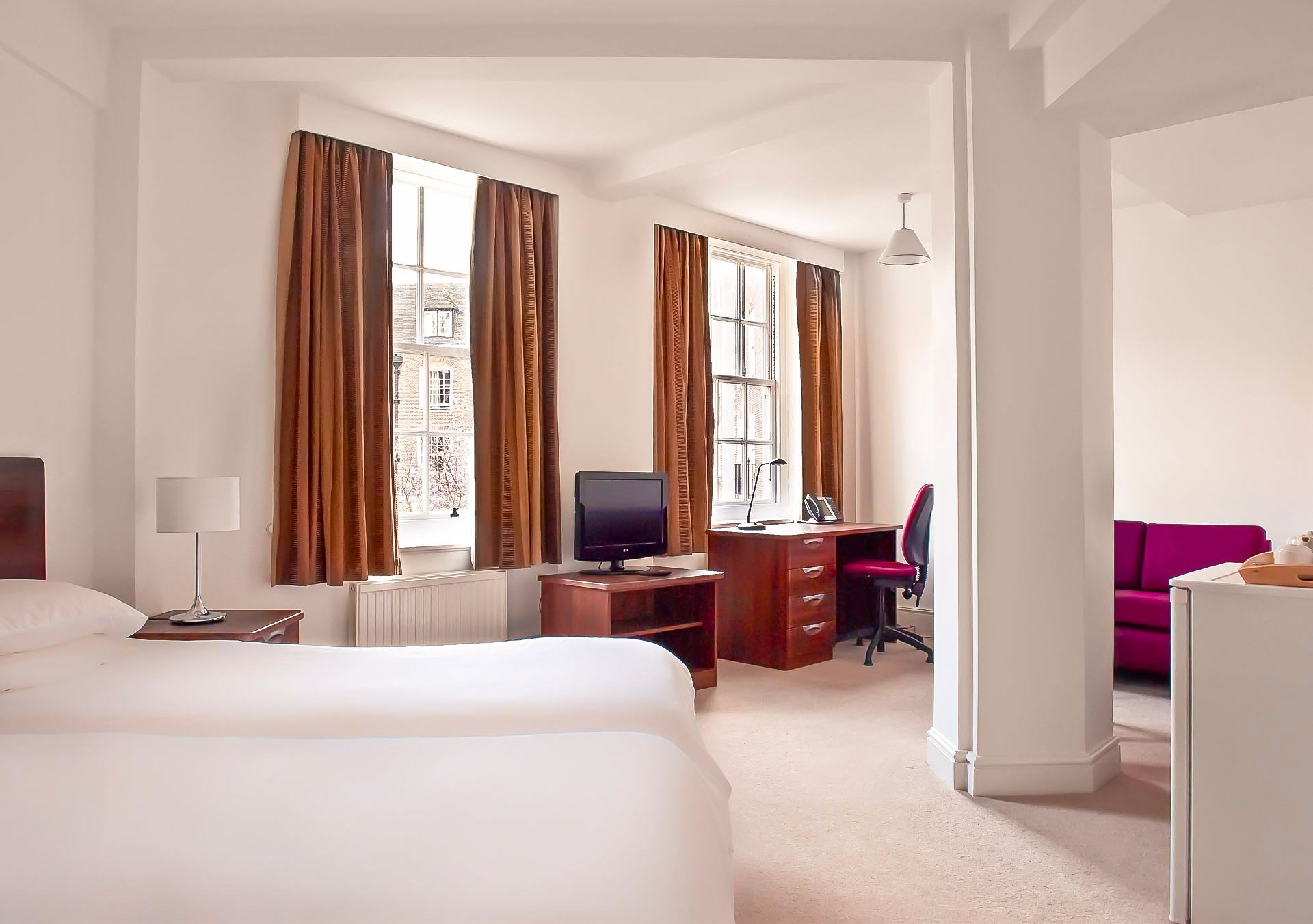Le prove archeologiche provenienti da siti dentro e intorno a Cardiff mostrano che le popolazioni neolitiche si erano stabilite nell'area almeno intorno a 6.000 anni fa (prima del presente), circa 1.500 anni prima che Stonehenge o la Grande Piramide di Giza fossero completate. Un gruppo di cinque tumuli dell'età del bronzo si trova sulla sommità del Garth, all'interno del confine settentrionale della contea. Quattro fortezze collinari e siti di recinzione dell'età del ferro sono stati identificati all'interno degli attuali confini della contea di Cardiff, tra cui Caerau Hillfort, un'area chiusa di 51.000 metri quadrati.
Il re Edoardo VII concesse a Cardiff lo status di città il 28 ottobre 1905 e la città acquisì una cattedrale cattolica romana nel 1916. Negli anni successivi nella città furono collocati un numero crescente di istituzioni nazionali, tra cui il Museo Nazionale del Galles, il Welsh National War Memorial, e l'edificio del registro dell'Università del Galles: tuttavia, gli fu negata la Biblioteca nazionale del Galles, in parte perché il fondatore della biblioteca, Sir John Williams, considerava Cardiff come "una popolazione non gallese".
Cardiff: le università
L'Università di Cardiff si trova nella zona di Cathays Park a Cardiff, nel Galles. Ha ricevuto il suo statuto reale nel 1883 ed è membro del Russell Group of Universities. L'università è costantemente riconosciuta come la migliore istruzione universitaria del Galles. L'Università di Cardiff ha celebrato il suo 125° anniversario nel 2008.
Nel 1931, la Scuola di Medicina, che era stata fondata come parte del College nel 1893 quando furono fondati i Dipartimenti di Anatomia, Fisiologia, Patologia e Farmacologia, fu separata per formare il College of Medicine dell'Università del Galles. Nel 1972, il College fu ribattezzato University College, Cardiff.
Il 1° agosto 2004 l'Università del Galles, Cardiff si è fusa con l'Università del Galles College of Medicine. L'istituzione risultante dalla fusione si separò dalla collegiale Università del Galles e prese ufficialmente il nome di Cardiff University.
La Cardiff Metropolitan University è composta da cinque scuole accademiche: la rinomata Cardiff School of Art & Design; La Cardiff School of Education, uno dei principali fornitori di formazione degli insegnanti nel Regno Unito; La Cardiff School of Health Sciences, con il centro di ricerca da 4,9 milioni di sterline recentemente aperto; La Cardiff School of Management, che offre il più grande MBA nel campus del Regno Unito, e la sua famosa Cardiff School of Sport.
Le radici della Cardiff Metropolitan University risalgono alla metà del 1800, tuttavia ci sono stati alcuni cambiamenti e la Cardiff Met così come è oggi è stata fondata nel 1996. Nel 2007 la Cardiff Met è stata la prima università del Regno Unito a ricevere il Charter Mark for Excellence del governo per la quinta volta. Il Cardiff Met conta oltre 11.000 studenti provenienti da oltre 125 paesi in tutto il mondo.
Ex-alunni famosi
Università di Cardiff: Faisal al-Fayez (ex Primo Ministro della Giordania), Paul Atherton (produttore televisivo/cinematografico), Professor Robin Attfield (filosofo), The Rt Revd Gregory Cameron (Vescovo di St Asaph), Dr Sheila Cameron QC (avvocato e giudice ecclesiastico), Philip Cashian (compositore), Gillian Clarke (poeta), William Gareth Davies (calciatore di rugby e amministratore delegato del Cardiff Rugby Football Club), Huw Edwards (giornalista), Professor Sir Martin Evans (Premio Nobel per la medicina 2007), Glenys Kinnock (politico), Neil Kinnock (politico), Bernard Knight (scrittore di gialli).
Università metropolitana di Cardiff: la medaglia d'oro olimpica Lynn Davies CBE, i presentatori televisivi Jill Dando e John Inverdale e l'ex mediano di mischia del sindacato gallese di rugby Gareth Edwards CBE.
